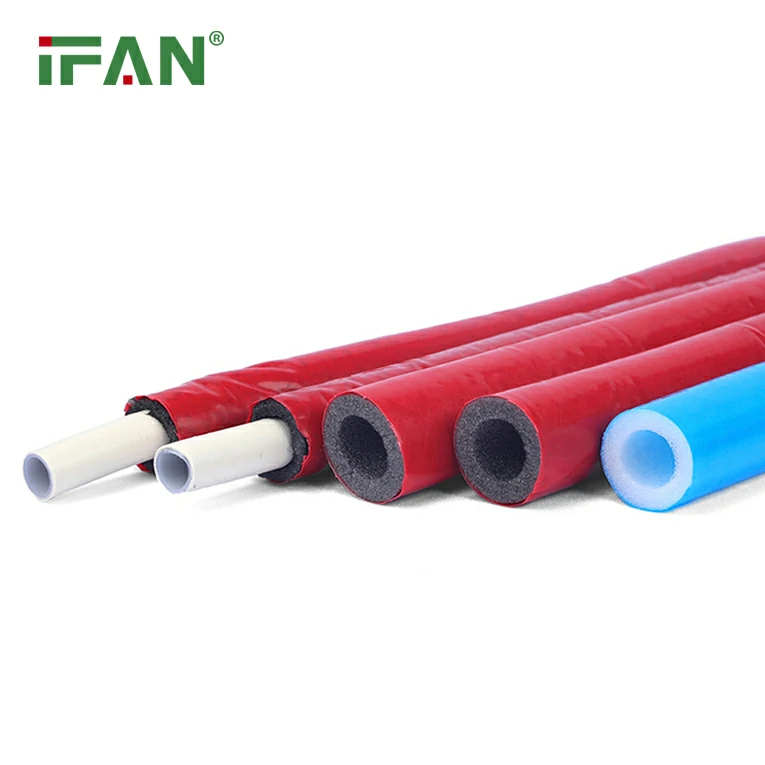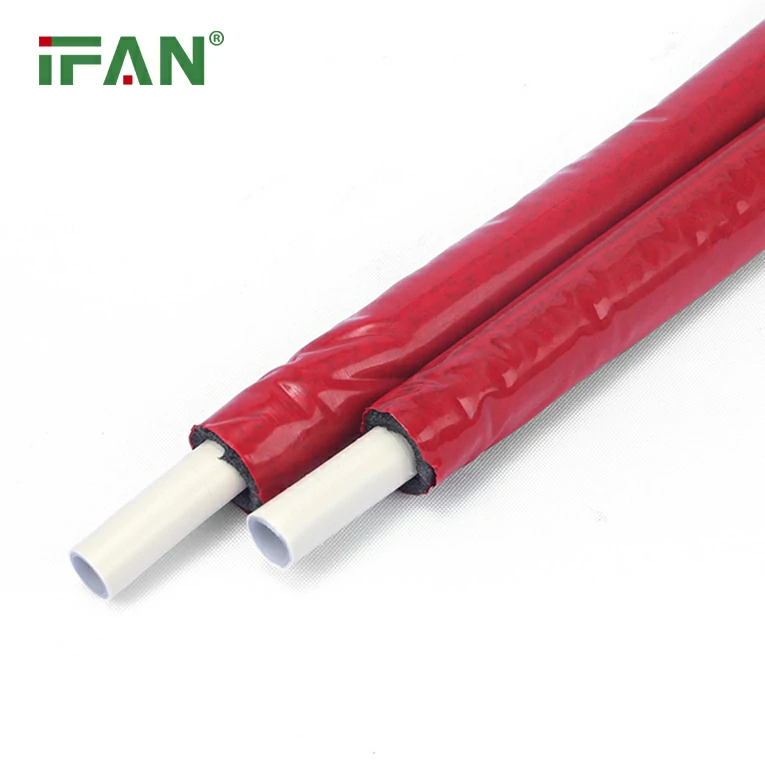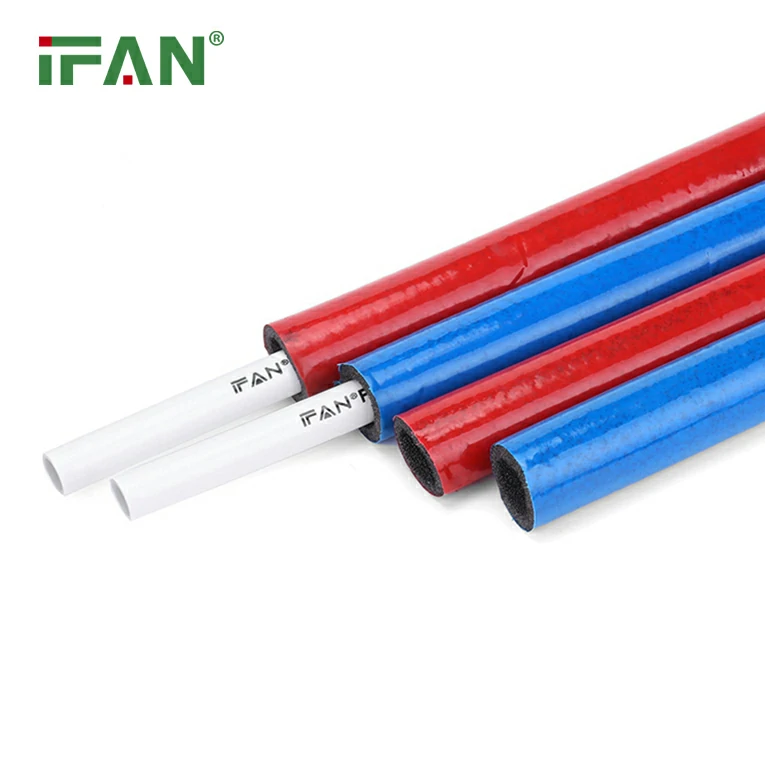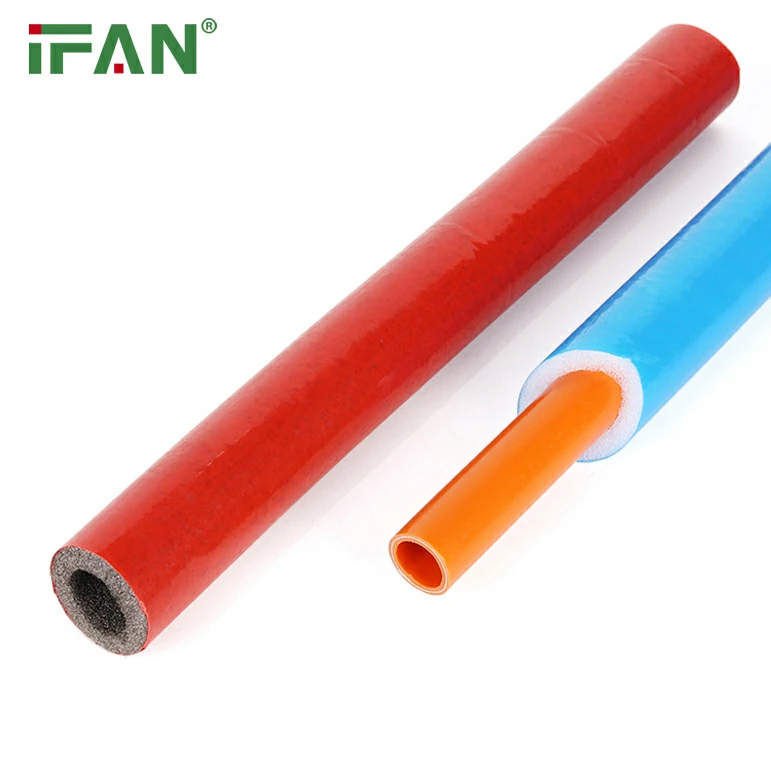When it comes to plumbing installations, PEX pipe sizing is one of the most critical decisions you’ll make. Choosing the right pipe size ensures efficient water flow, pressure, and longevity in your system. Whether you’re a DIY enthusiast or a professional plumber, understanding how to select the proper PEX pipe size is essential to a successful and cost-effective installation. The use of PEX fittings in conjunction with the right pipe size can optimize your plumbing system, preventing issues like leaks, low water pressure, or inefficiency.
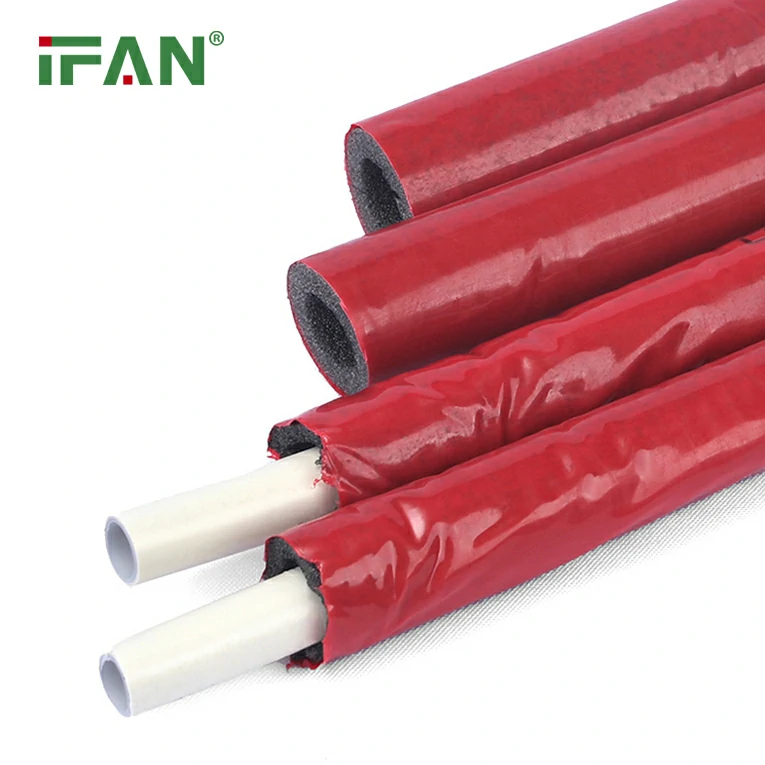
In this article, we’ll break down the importance of PEX pipe sizing, how to choose the right size for your system, and how PEX fittings work alongside various pipe sizes to ensure smooth, reliable plumbing.
Why PEX Pipe Sizing Matters
PEX (cross-linked polyethylene) pipes have become the go-to option for modern plumbing systems due to their flexibility, durability, and ease of installation. However, just like with any other type of piping material, choosing the right size is crucial for performance and longevity. A pipe that is too small can lead to low water pressure, whereas a pipe that is too large can lead to unnecessary material costs and inefficient water flow.
PEX pipe sizing is influenced by several factors, including:
- Flow Rate Requirements: The size of the pipe should match the volume of water that needs to flow through it. If you’re supplying water to multiple fixtures, you’ll need a larger pipe size.
- Water Pressure: The size of your PEX pipes affects water pressure. Too small of a pipe can reduce pressure, while too large a pipe may result in uneven pressure distribution.
- System Complexity: Larger or more complex systems may require larger pipes to ensure efficient water distribution.
Choosing the right pipe size ensures a smooth, high-performance plumbing system, while improper sizing can lead to costly issues like low water pressure or frequent repairs.
Common PEX Pipe Sizes
PEX pipes are available in various sizes, and choosing the right one depends on your plumbing needs. Here are the most common PEX pipe sizes used in residential and commercial plumbing systems:
1. 3/8 Inch PEX Pipe
While relatively uncommon in whole-house plumbing installations, the 3/8 inch PEX pipe is typically used in specific applications like small branch lines, appliance hookups (such as dishwashers or refrigerators), and low-flow systems.
- Flow Rate: Suitable for low-flow applications.
- Common Uses: Dishwashers, ice makers, or bathroom fixtures in smaller homes or apartments.
2. 1/2 Inch PEX Pipe
1/2 inch PEX pipe is one of the most common sizes for residential water distribution. It’s ideal for small fixtures like sinks, toilets, and showers and can be used for both hot and cold water lines.
- Flow Rate: Good for typical residential fixtures and bathrooms.
- Common Uses: Bathroom and kitchen faucets, showerheads, washing machines.
3. 3/4 Inch PEX Pipe
The 3/4 inch PEX pipe is another popular size, typically used for larger applications and for supplying water to multiple fixtures at once. It’s commonly used as the main water supply line running to bathrooms, kitchens, and other high-demand areas.
- Flow Rate: Suitable for larger systems with higher water demand.
- Common Uses: Main water supply lines, supply lines to multiple fixtures.
4. 1 Inch PEX Pipe
1-inch PEX pipe is generally used in larger plumbing systems, especially in situations where high water demand exists, such as in commercial plumbing systems, or for distributing water to multiple branches within a larger building.
- Flow Rate: High-flow applications, typically used for the main trunk lines in large houses or commercial buildings.
- Common Uses: Larger commercial plumbing systems, multi-story residential buildings, or main distribution lines for larger homes.
5. 1 1/4 Inch and Larger PEX Pipes
These larger sizes are typically used for main water supply lines in very large systems, either residential or commercial, or for industrial applications. They are rarely required in standard home plumbing setups.
- Flow Rate: Very high-flow systems requiring large volumes of water.
- Common Uses: Large commercial buildings, industrial plumbing, or multiple-unit residential buildings.
How to Choose the Right PEX Pipe Size
Choosing the appropriate PEX pipe size for your plumbing system requires considering several key factors:
1. Determine the Water Demand
Begin by considering how much water your system will need to deliver to fixtures, appliances, and other plumbing components. For example, kitchens and bathrooms with multiple fixtures (sinks, showers, toilets) may require a larger pipe size than a single fixture like a washing machine.
- For single fixtures or small installations, 1/2-inch PEX pipe may suffice.
- For systems with multiple fixtures or high-demand areas, 3/4-inch or larger pipes are often necessary.
2. Consider the Length of the Pipe Run
The length of the pipe run affects water pressure. A longer run requires a larger pipe size to maintain proper pressure. For instance, if you’re running a pipe from the water meter to a distant fixture, you may need to upsize to ensure good flow.
3. Check Local Plumbing Codes
Your local building codes may provide guidelines on what size pipes to use for certain applications. For example, some jurisdictions require a minimum pipe size for main water lines or specific fixtures. Make sure to consult local regulations before selecting your pipe size.
4. Use Pressure and Flow Rate Calculators
There are several online calculators and charts available to help you determine the correct PEX pipe size based on pressure and flow rate. These tools can simplify the decision-making process and ensure that you’re selecting the correct pipe for your system.
5. Consider the Type of Fittings
PEX fittings play a crucial role in maintaining the integrity of your system. It’s important to select PEX fittings that are compatible with the pipe size you’re using. The most common PEX fittings include crimp, push-fit, and expansion fittings. All of these fittings are available in different sizes to match the corresponding PEX pipe sizes.
For example, if you’re using 3/4-inch PEX pipe, you will need to use 3/4-inch PEX fittings to ensure a tight, leak-proof seal.
The Role of PEX Fittings in Pipe Sizing
While PEX fittings are not directly related to pipe size selection, they play an essential role in ensuring the system functions as intended. The right fitting can help manage the transition between different pipe sizes and ensure the system remains leak-free.
Here’s how PEX fittings contribute to your plumbing system:
- Connecting Different Pipe Sizes: PEX fittings allow you to easily connect pipes of different sizes, such as transitioning from a 3/4-inch pipe to a 1/2-inch pipe. This can be especially helpful when designing systems that involve multiple fixture types and water demands.
- Preventing Leaks: High-quality PEX fittings, like crimp and push-fit fittings, create tight seals that prevent leaks. This is especially important when transitioning between different pipe sizes or using fittings in high-pressure areas.
- Maintaining Water Pressure: Proper sizing of both pipes and fittings ensures that water pressure is maintained throughout the system. Incorrectly sized fittings or mismatched pipe sizes can lead to fluctuating pressure or inefficient water flow.
Common Challenges in PEX Pipe Sizing
While selecting the correct PEX pipe size is important, there are a few common mistakes that can lead to issues in your plumbing system:
- Over-sizing Pipes: Choosing a pipe that is too large can lead to unnecessary costs for materials and installation. Larger pipes also require more fittings, which can make the system more complex and expensive to install.
- Under-sizing Pipes: On the flip side, undersizing your pipes can lead to poor water pressure and slow flow, especially if multiple fixtures are being used at once. This can create major plumbing headaches, especially in homes with high water demand.
- Not Accounting for Length of Pipe Runs: The distance from the water source to the fixture plays a role in pipe sizing. Longer pipe runs may need larger pipes to compensate for pressure loss, ensuring that your fixtures receive adequate water flow.
Conclusion
Choosing the correct PEX pipe size is crucial for ensuring that your plumbing system works efficiently and lasts for years. From understanding the flow rate requirements to using the right PEX fittings, proper pipe sizing helps avoid issues like low water pressure, inefficient flow, and costly repairs. By carefully considering factors such as water demand, pipe length, and local plumbing codes, you can ensure that your PEX plumbing system functions optimally.
PEX fittings complement pipe sizing by providing secure, leak-free connections, enabling your plumbing system to work at its best. Whether you’re installing a new system or upgrading an existing one, the right PEX pipe size and fittings will ensure a reliable, long-lasting solution.
Frequently Asked Questions (FAQs)
1. How do I know which PEX pipe size to use for my home?
The size of your PEX pipe depends on the water demand of your fixtures and the length of the pipe run. For most residential systems, 1/2-inch to 3/4-inch pipes are common, but larger systems may require 1-inch or larger pipes.
2. Can I use PEX fittings with any size of PEX pipe?
No, PEX fittings must match the size of the pipe being used. For example, you can’t use a 1/2-inch fitting with a 3/4-inch pipe, as this would cause leaks or improper water flow.
**3. Do larger PEX pipes improve water

